Editor's Note-- . Buffalo Soldiers: Fighting on Two Fronts will premiere Monday, June 12 at 10pm ET on PBS and Monday, June 19 at 8pm ET on WORLD Channel’s Local, USA series. The film will be available to stream on multiple PBS platforms.
“..I heard my daughter yell, "oooh, horsey!" I looked up from my camera to see something that made me proud. A group of Black Union soldiers, looking like they were right out of the 19th century, galloped up the hill on horseback…”
This is filmmaker DruHolley speaking to the moment when he first realized that he wanted to tell the often-overlooked story of the Buffalo Soldiers, Black soldiers fighting in the Civil War with the Union Army, in all their complexity. On the event of its World Premiere, Picture This Post (PTP) talks with (DH) Dru Holley about the challenges and rewards of filmmaking.
(PTP) Please tell PTP about who the Buffalo Soldiers were.
(DH) The Buffalo Soldiers were Black infantry regiments established by Congress in 1867. Many African American men enlisted in exchange for full citizenship as promised by the 14th Amendment. However, they were denied this right by the Jim Crow laws established in the Reconstructionist South. Despite that, these patriotic men helped lead the United States expansion westward; they built and guarded the Pacific Railroad and served as park rangers in places like Yosemite before the U.S. government established the National Park Service.
How did you come across their story and why did you decide to showcase it in a film?
In 2018, I volunteered to film the Langston Hughes Foundation Juneteenth celebration in Seattle. I was a new creative transplant to the Pacific Northwest and wanted to get more involved in the black film community. I knew this would be an opportunity to introduce my daughter to a rich African-American history and explore my passion for cinematography. While catching some shots, my kid wandered the grounds and checked out the festival.
After a while, " I heard my daughter yell, "oooh, horsey!" I looked up from my camera to see something that made me proud. A group of Black Union soldiers, looking like they were right out of the 19th century, galloped up the hill on horseback.
Then she said, "Who are they, daddy?" I was surprised she didn't know. Well, to be honest, I barely knew myself. I told her what I did know, "Those are The Buffalo Soldiers!". That's when I knew we all needed to know their story.
How do you think recent events in the Black Lives Matter movement and the incidents that propelled them to action affected the development of the film?
I started this project in the summer of 2018. Well before incidents like the murder of Breonna Taylor, George Floyd, I had a mission to illuminate the Buffalo Soldiers untold story. Similarly, the Black Lives Matter movement illuminated the racism in our culture, which made it hard to stay on this journey, and at the same time all the more important for me to do so.
How did making this film impact you personally?
The making of this film affected me so much. This is my first feature film and the first project I completed of this scale. I am really proud of that.
Which documentary techniques did you consider the most important ones to use for this film and why?
I have a deep respect for the formula of the traditional historical documentary. The look and feel of music and animations in this project are carefully designed to engage a younger audience. Commissioning local artists for an original hip-hop score both reinforces the film’s goals to highlight and support the accomplishments of local African Americans (both past and contemporary) as well as bringing a more authentic feel to the general historical documentary which has been traditionally for older audiences. The animations bring a fresh, active, look to the film. When paired with historically accurate images, the animations help further the narrative and make the still images come alive to unlock the viewers imagination. I used these techniques because I find them a fun and interesting way of engaging the audience.
How did you decide whom to include within the film?
This was one of the most difficult parts. The story of the Buffalo Soldiers is so vast, and we could have gone a 100 different ways to tell this story. It took three years to determine how to weave multiple perspectives together into a cohesive story. For example, the Buffalo Soldier Motorcycle Club told a compelling story about how the Buffalo Soldier Legacy is carried on, however it did not fit in the final narrative of the film.
Please tell our readers about Cathay Williams—one person whose story is told in this film, and why they are important?
Cathay Williams was an African-American soldier who enlisted in the United States Army under the pseudonym William Cathay. She was the first Black woman to enlist, and the only documented woman to serve in the United States Army posing as a man during the American Indian Wars. Cathay Williams brought another perspective to the Buffalo Soldier story. I felt it was important to highlight their story as one that paved the way for future femmes in the military. Their story is a way for people of different gender identities to relate to the Buffalo Soldier story.
How did you approach the complicated history of the Buffalo Soldiers with Native Americans in this film and why did you choose that tactic?
My job was to tell a true story, not a promotional one. I chose to be transparent about the complex history between the Buffalo Soldiers and Indigenous People during the Indian Wars. One of the challenges with this approach was finding people who could speak to the Indigenous experience. We were fortunate to find Ryan Booth, a Washington State University historian and professor and member of the Upper Skagit Tribe.
What do you hope people take away from this film about Black history?
It is our responsibility (as African Americans) to tell our story. I want to provide an inspiring story about history often left out of school textbooks. We want to give younger generations examples of Black history that transcends the stereotypical cast of Black History Month characters like Harriet Tubman and Dr. Martin Luther King, Jr. We want young kids to know the accounts of people like them that stretches across the nation and is not just limited to stories from the inner city or of slavery. We want our children and our children’s children to have more knowledge of their past than we did.
Any other comments about Buffalo Soldiers or your goals as a filmmaker in general?
The story of the Buffalo Soldiers involves historical complexities like race, class, power, colonialism, and western expansion. Typically, these stories sometimes mention African-Americans but are seldom told with African-Americans as the central characters. This film focuses on these Black men, named and nameless, who were part of this complicated history of the American West. It avoids a simplistic hero narrative, showing how these formerly enslaved people were part of a complex process of colonialism and the removal of indigenous peoples from their homes through military service. It also speaks to the prejudice these Black men overcame from slavery to service for the country.
For more information on how and where to screen this film, visit the Buffalo Soldiers Movie website.
Read how filmmakers make their magic— in their own words. Read “FILMMAKERS SPOTLIGHT— Meet Filmmakers Picture This Post LOVES!” and watch this video for a story preview —
Nominate this for The Picture This Post BEST OF 2022???
Click Readers' Choice!
Images courtesy of Dru Holley


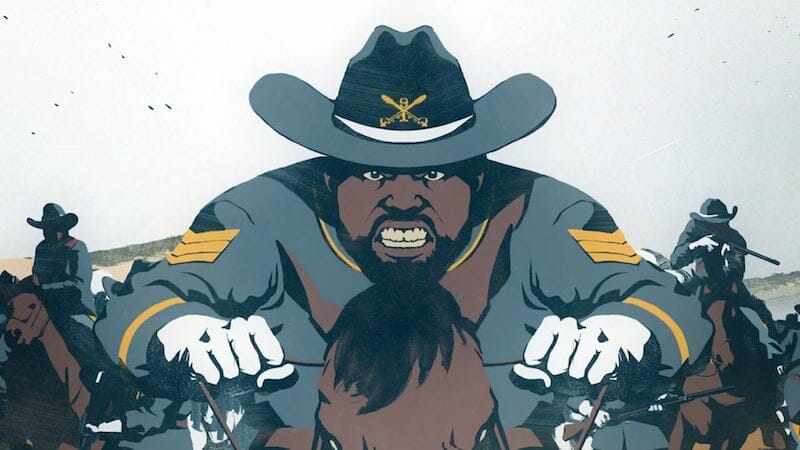
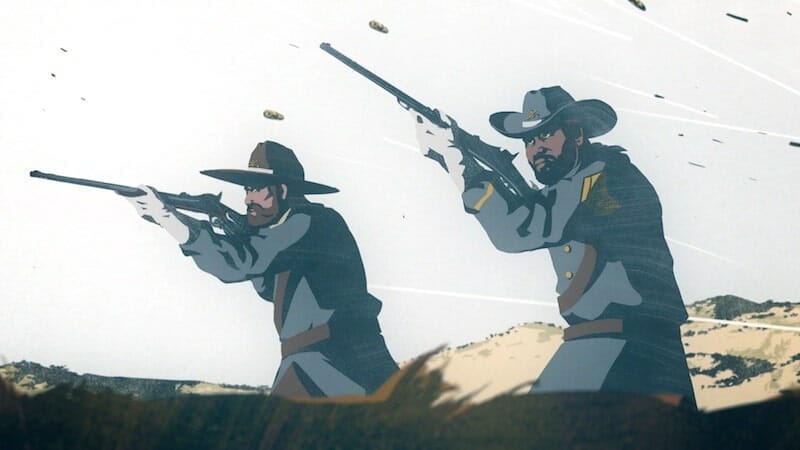
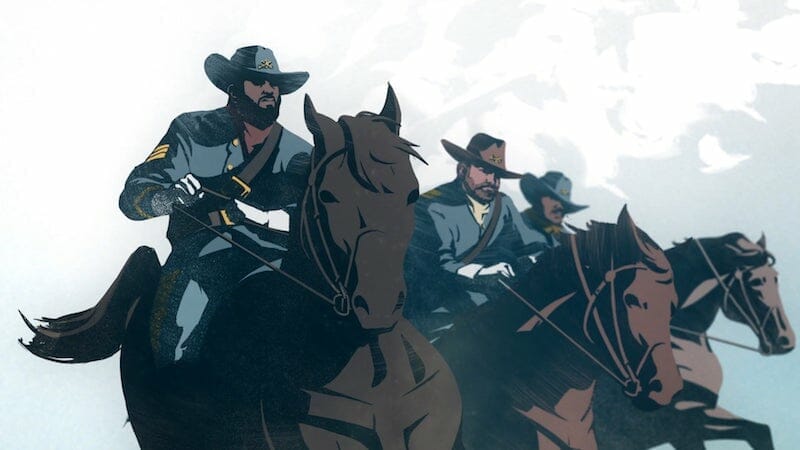
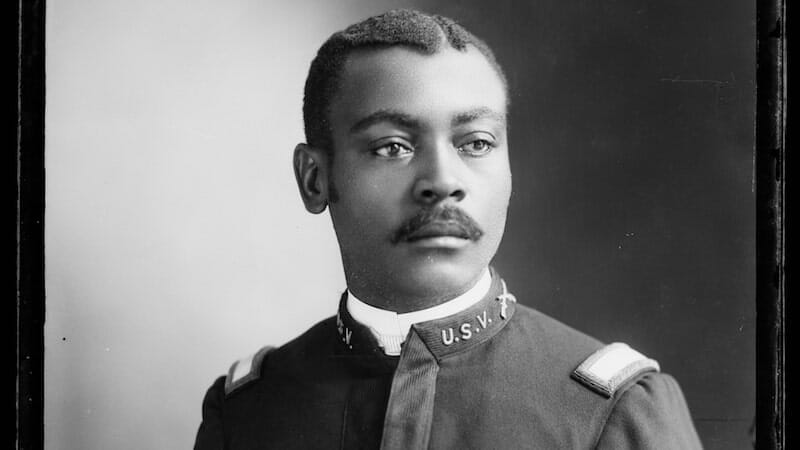
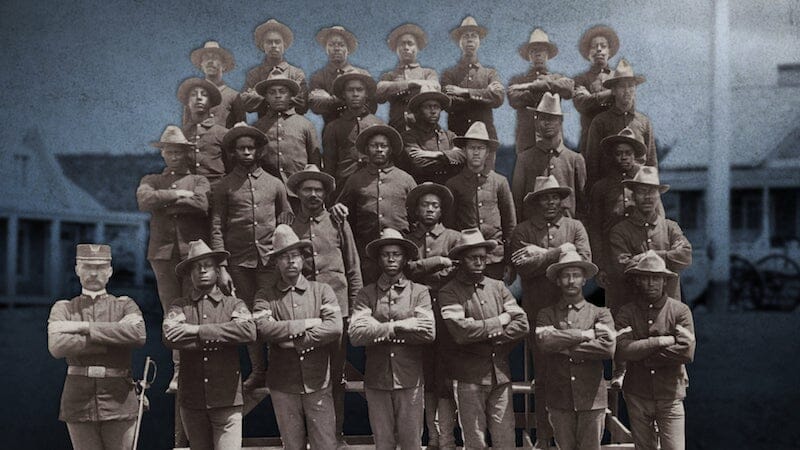
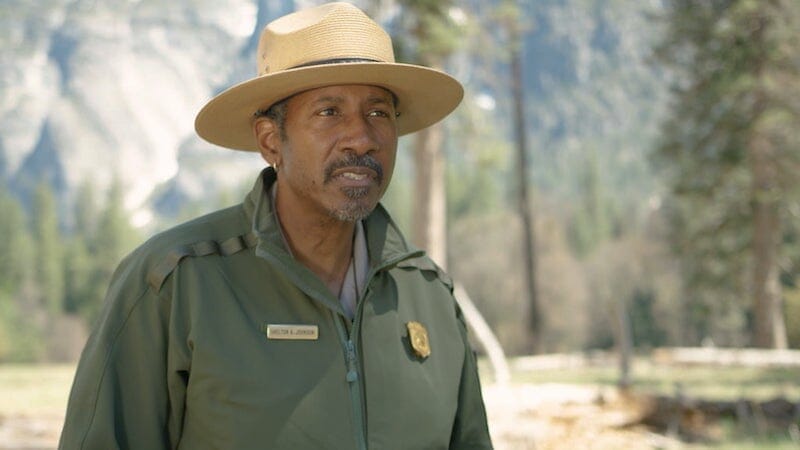

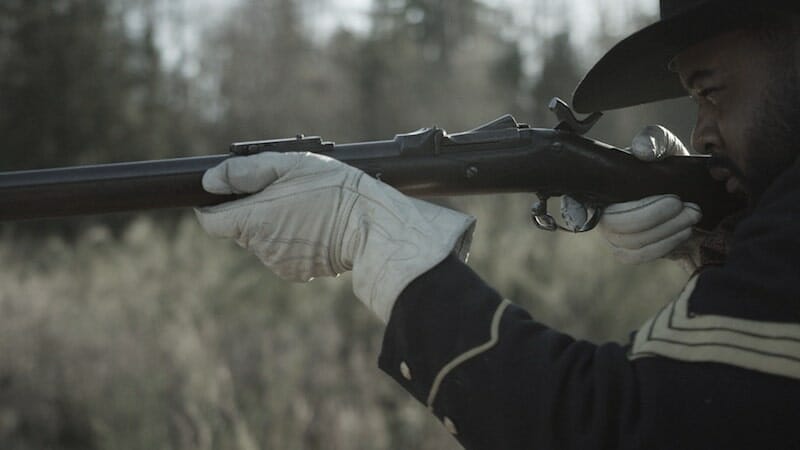
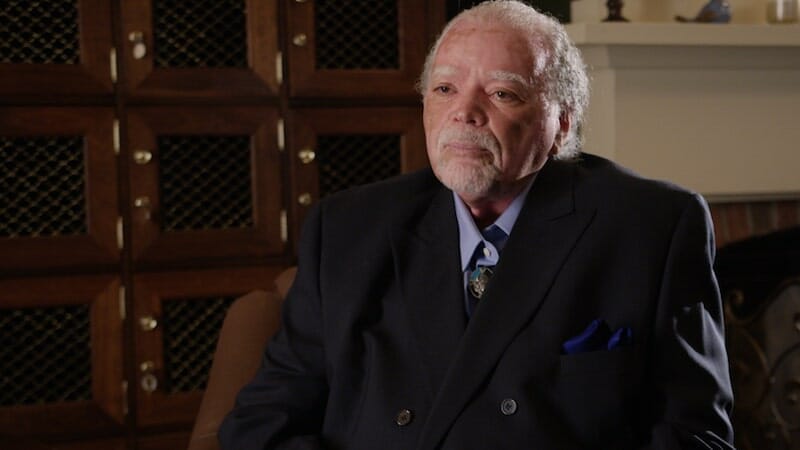
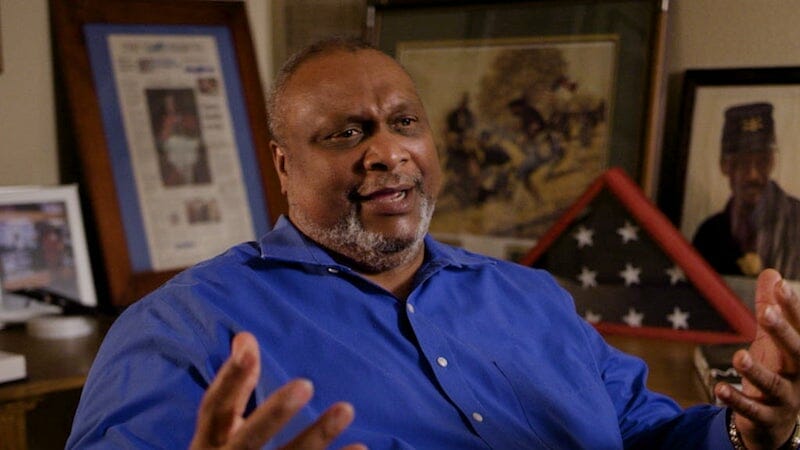

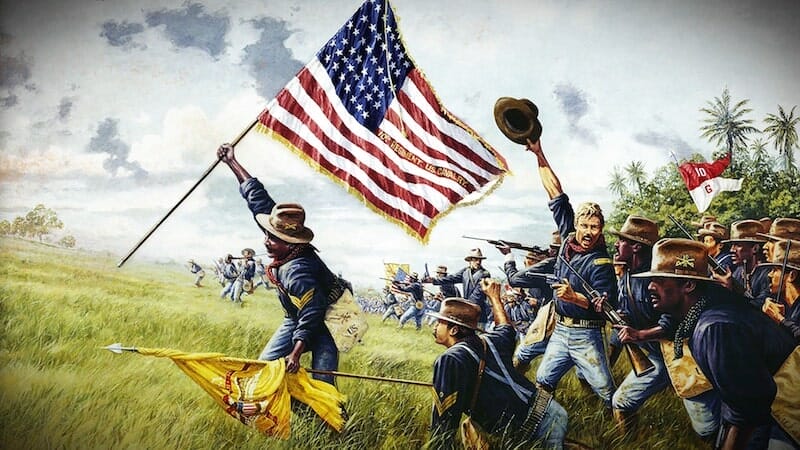
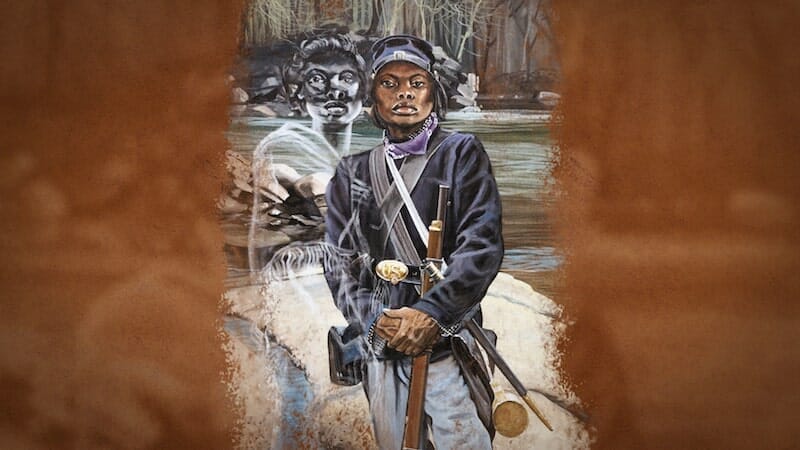
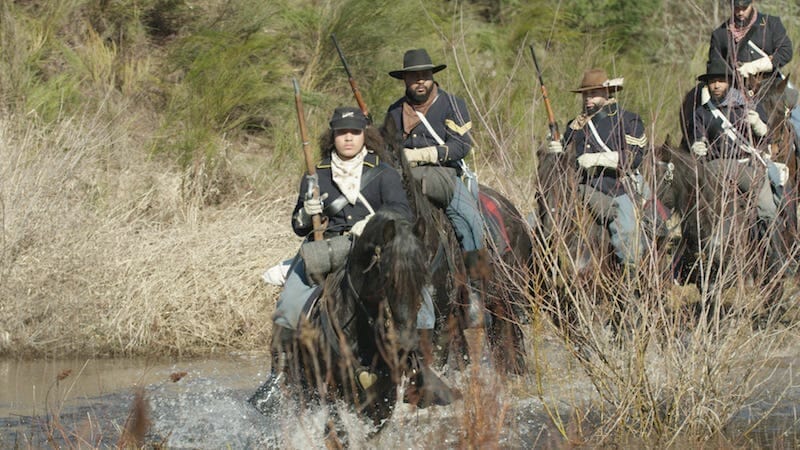
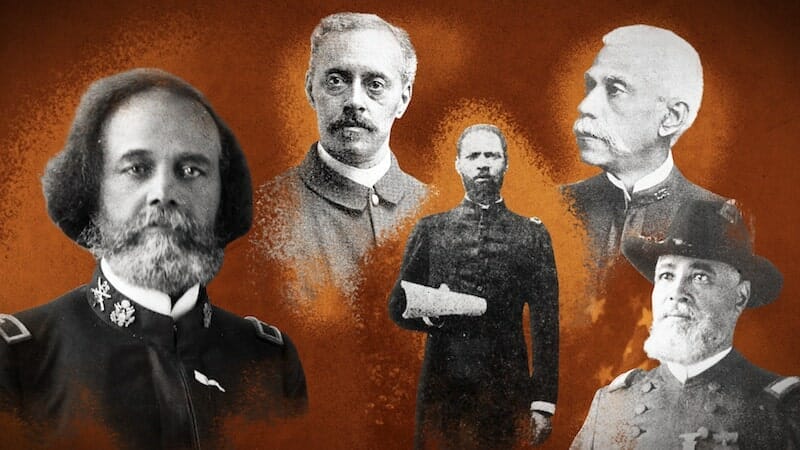
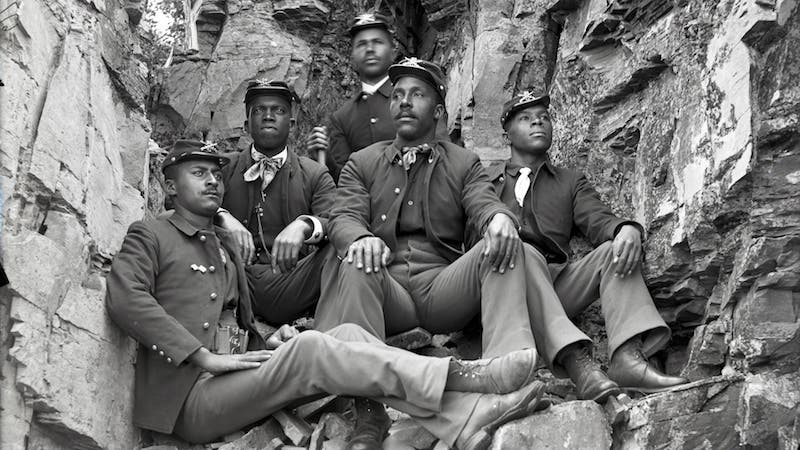
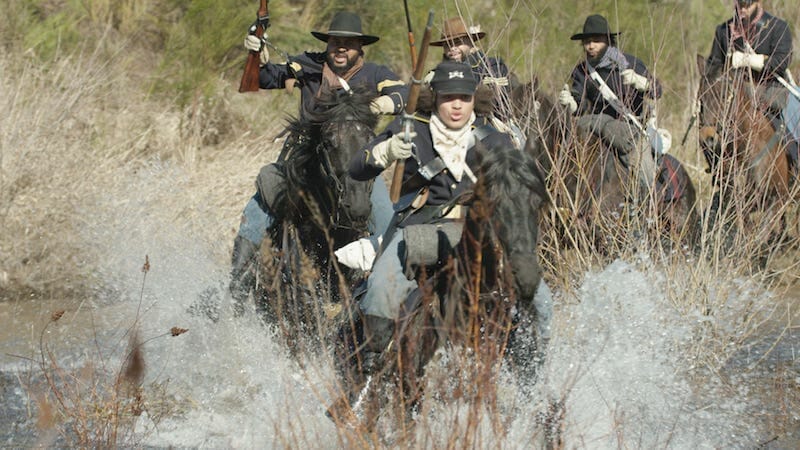
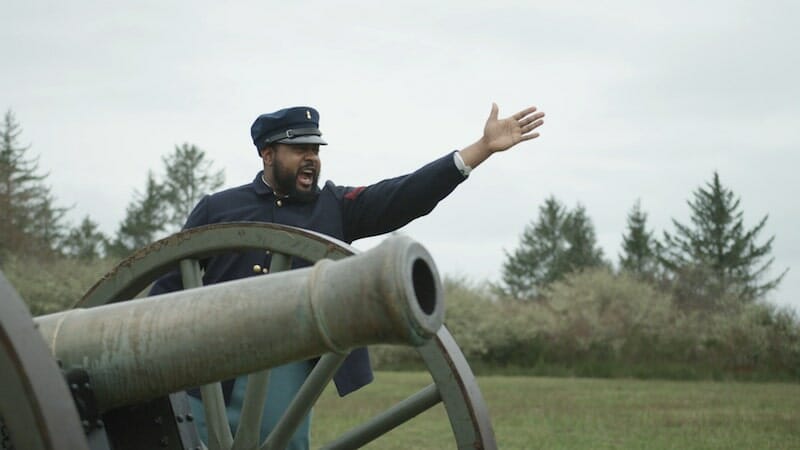
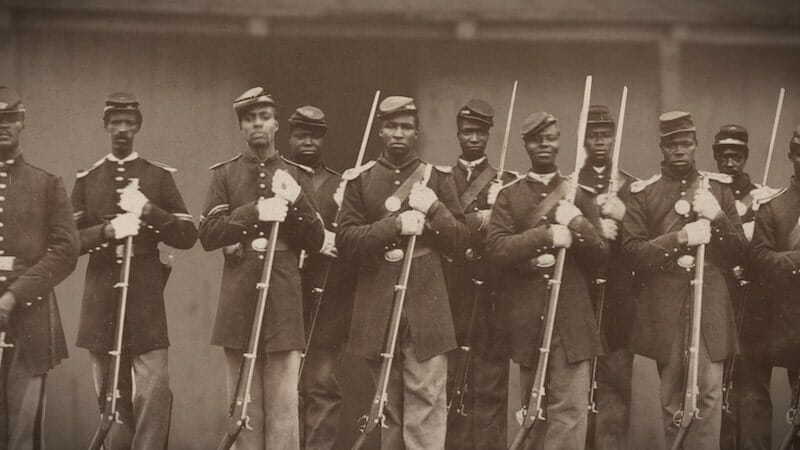


Nominated for Picture This Post BEST OF 2022
Nominated for Picture This Post BEST OF 2022
This story definitely sounds interesting. I’m intrigued to see how Dru Holley will present the narrative from all perspectives.
Nominated for Picture This Post BEST OF 2022